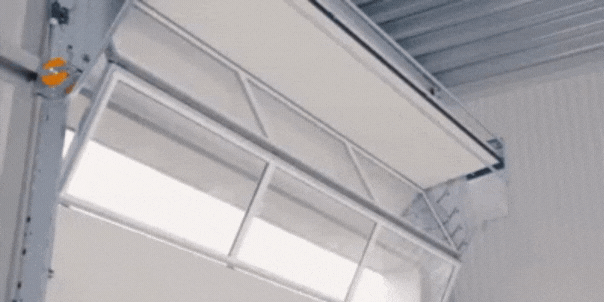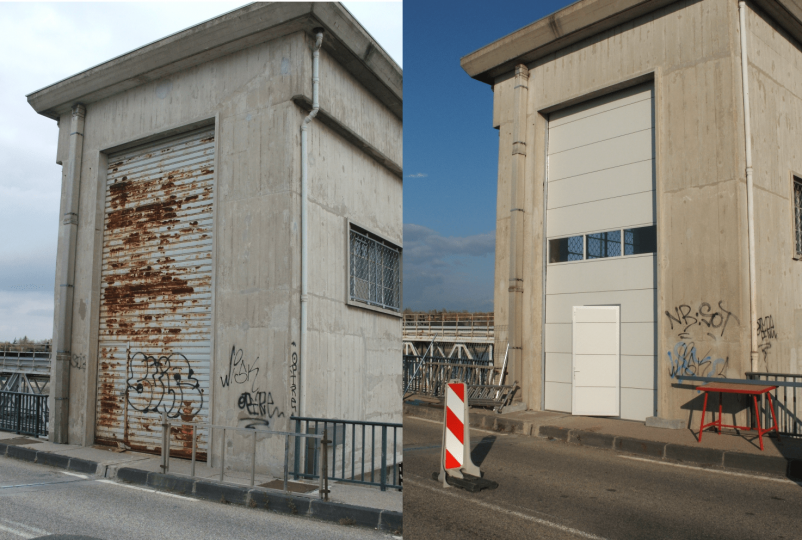If you’re looking for an industrial or commercial door, you’ve probably come across two common options: overhead doors and roll-up doors. They might seem similar at first — both open vertically and save space — but they work very differently. So, what is the difference between an overhead door and a roll-up door?
In this article, we’ll explain how each type functions, what their pros and cons are, and why the Compact door combines the best features of both in one innovative design.
How an overhead door works
An overhead door opens by sliding upwards on tracks that run along the ceiling. It’s made up of rigid, connected panels that bend at the joints as the door moves. These panels provide good insulation and strength, making overhead doors ideal for industrial buildings, workshops and showrooms.
Because the panels run under the ceiling, the door requires considerable headroom, usually between 300 and 600 mm, plus space for the motor and tracks. Overhead doors also rely on torsion springs to balance the weight — a system that needs periodic maintenance and replacement.
Advantages:
- Excellent insulation and security
- Wide range of design options
Disadvantages:
- Needs ceiling space for tracks
- Higher maintenance due to springs and cables
- Installation can be more complex
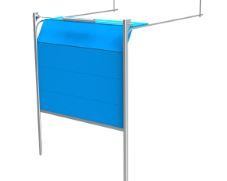
How a roll-up door works
A roll-up door, also known as a roller shutter, operates differently. It consists of narrow metal slats that roll around a drum above the opening. This design saves ceiling space and makes the door compact, especially useful in buildings with low ceilings or limited headroom.
However, because roll-up doors are usually made of thinner metal or aluminium slats, they offer less insulation and less noise reduction than overhead doors. They can also be noisy in operation and require regular lubrication of the rolling mechanism.
Advantages:
- Very compact, no ceiling tracks needed
- Suitable for tight spaces
Disadvantages:
- Poor insulation compared to sectional doors
- Less aesthetic and limited customisation
- More wear on moving parts over time
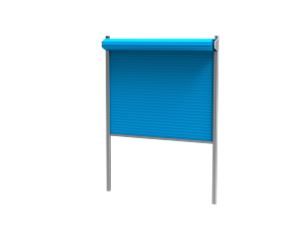
The Compact door: the best of both worlds
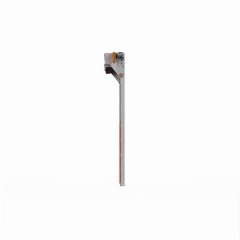
The Compact door bridges the gap between overhead and roll-up doors. Like a roll-up door, it saves space — but like an overhead door, it provides insulation, design flexibility and a premium look.
Instead of rolling up or sliding under the ceiling, the Compact door folds its insulated panels neatly above the opening. This unique folding system requires no ceiling tracks and no torsion springs, giving you a clean, space-efficient installation with minimal maintenance.
It’s as compact as a roller shutter but delivers the insulation, strength and appearance of a high-quality overhead door. The Compact door also allows for full customisation — you can choose colours, panel finishes, windows or even a built-in pedestrian door.
When to choose which
- Choose an overhead door if insulation and security are your top priorities and you have enough ceiling space.
- Choose a roll-up door if ceiling space is very limited and insulation isn’t a major concern.
- Choose the Compact door if you want both — the space efficiency of a roll-up door and the performance and aesthetics of an overhead door.
Conclusion
So, what is the difference between an overhead door and a roll-up door? Overhead doors use sectional panels that slide under the ceiling, while roll-up doors coil around a drum above the opening. Each has its benefits, but both have limitations in space or performance.
The Compact folding door eliminates those compromises. It folds above the doorway, saving space like a roll-up door while providing the insulation, quiet operation and custom design options of an overhead door. It’s the perfect hybrid solution for modern industrial and commercial buildings.
